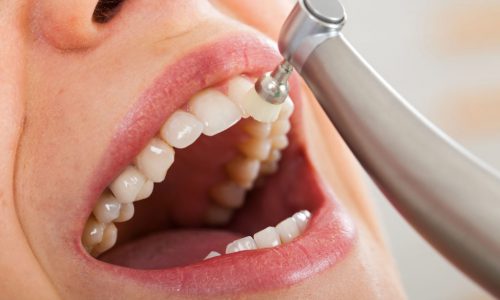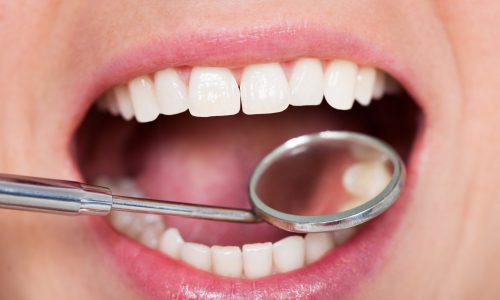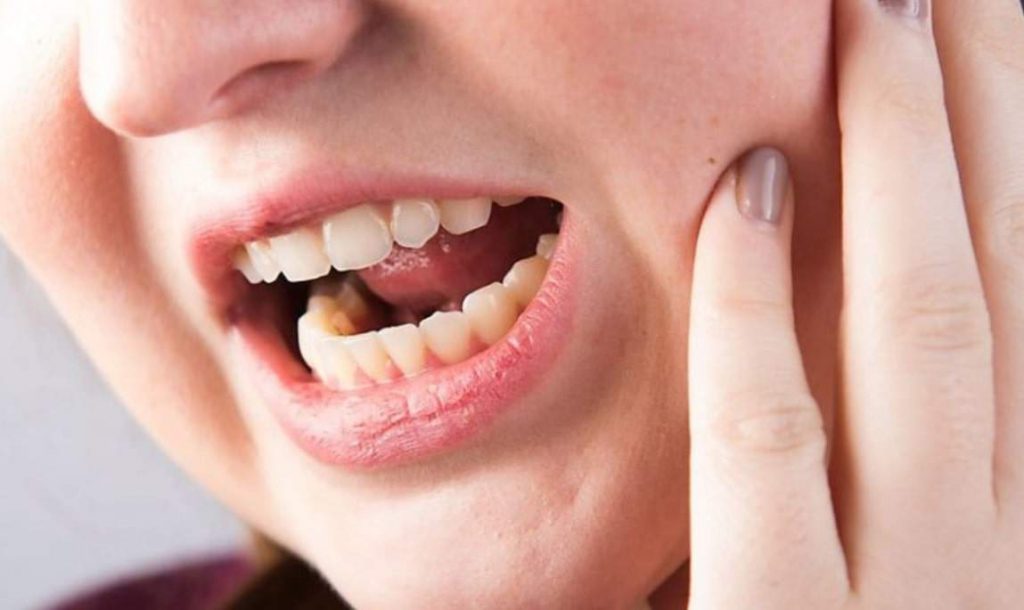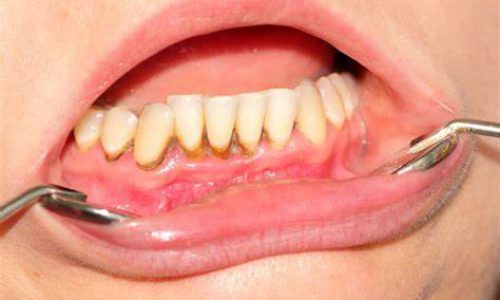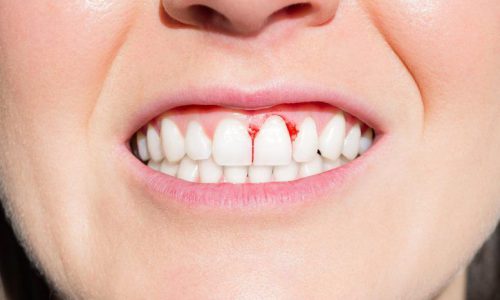Sensitive Tooth
COMMON TREATMENT
There are various treatment modalities available which can be used at home or may be professionally applied. The “at home” desensitizing agents include toothpastes, tooth powder ( safest ), mouthwashes or chewing gums and they act by either occluding the dentinal tubules or blocking the neural transmission.
The sharp pain is actually the normal pulpal response to the exposed dentine, but it is well known that all exposed dentine are not sensitive and the term DH has been used over the decades by the clinicians, Therefore, both the terminologies can be used to describe the clinical condition.
SELF TREATMENT
As an Ayurvedic option you may take 2 pinches of YUNADENT powder on your left palm and with toothbrush in your right hand or with your right hand fore finger. Just Apply and rub YUNADENT POWDER for full long 2 minutes gradually on entire tooth line with some extra time on affected teeth twice a day. Twice means ; the first time after having your last meal of the day, before going to bed , and second time early morning, but after drinking 2 glasses of water , please repeat the same cleaning process as mentioned above.
This has been found that herbs used in YUNADENT has healed such problems up to a large extend from the root cause, & in most of the cases users were completely satisfied.
You should keep using YUNADENT on daily basis, for your daily oral hygiene, and motivate other family members to use YUNADENT, to avoid such problem as you suffered.
After using YUNADENT , you do not need to use any other tooth paste/ gel or powder at all.
MANAGEMENT STRATEGY
- As first aid you may use a pinch of YUNADENT with toothbrush and rub it for a minute on effected tooth twice a day as mentioned above for 7 days.
- Take a detailed clinical and dietary history
- Differentially diagnose the condition from other dental pain conditions.
- Identify and manage etiological and predisposing factors.
- In case of mild-to-moderate sensitivity, advice at-home desensitising therapy.
- If there is no relief or in case of severe sensitivity, initiate in-office treatment.
- In extreme cases, if patient does not respond to the therapy and there are individual teeth exhibiting the symptoms, then endodontic therapy can be initiated.
- A regular review should be made with an emphasis on prevention of the condition.



